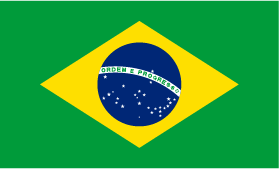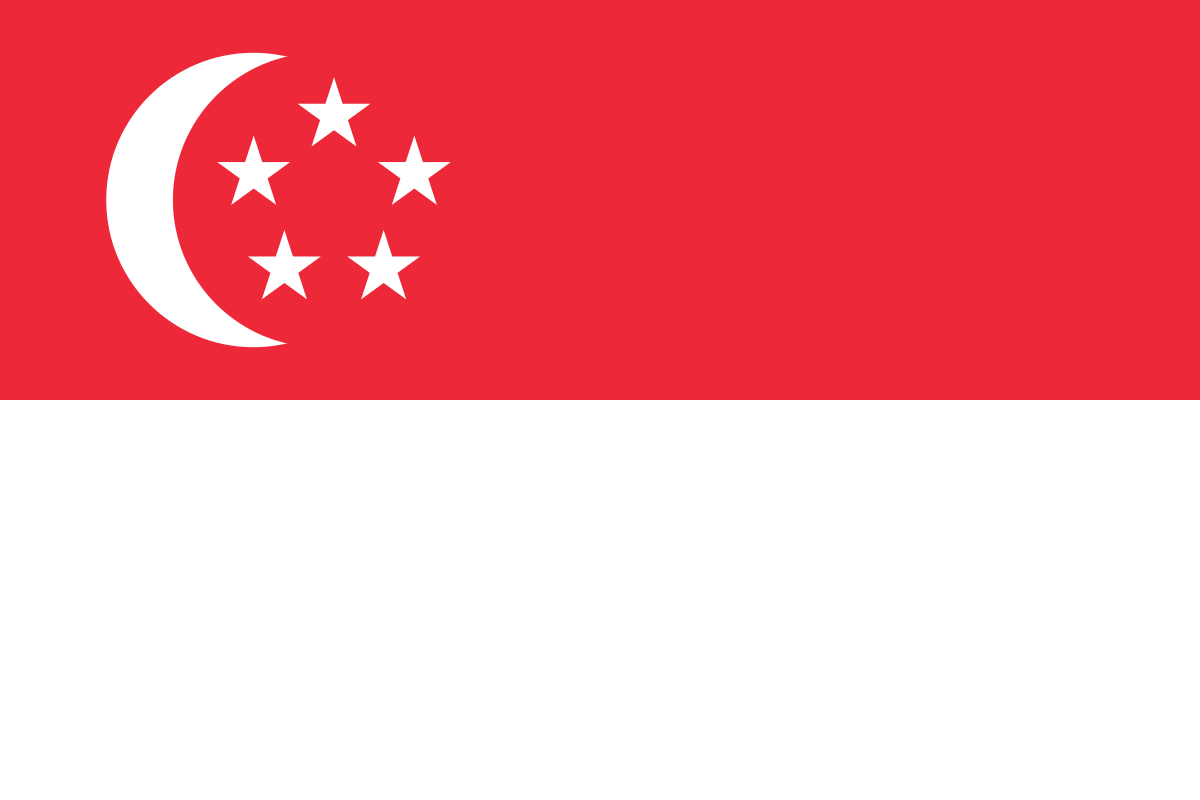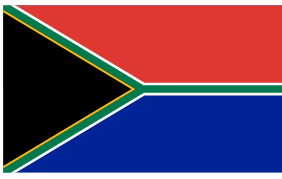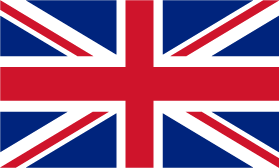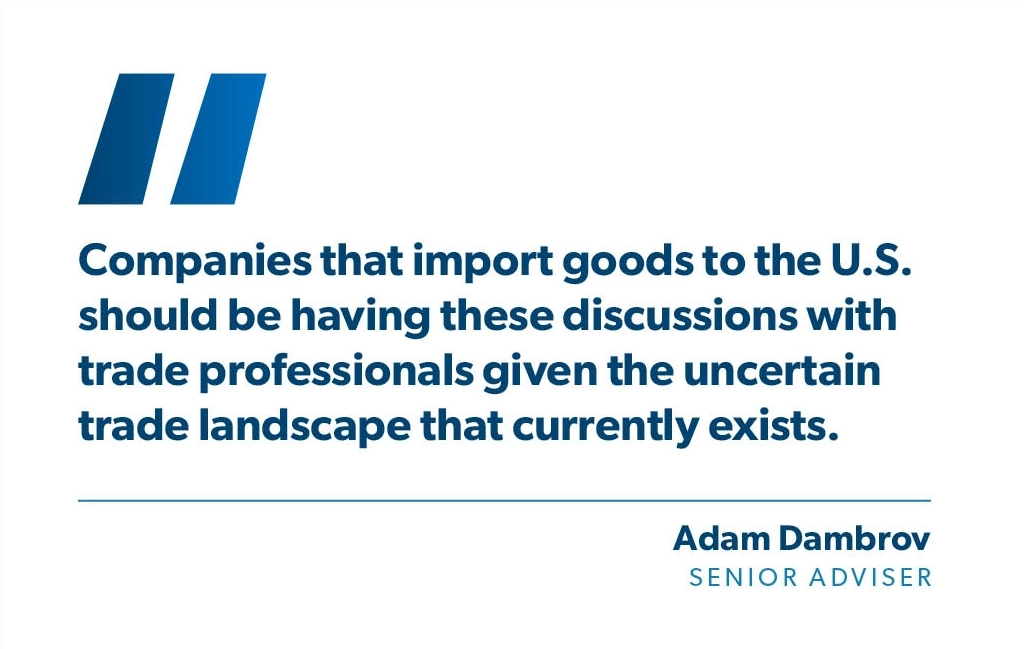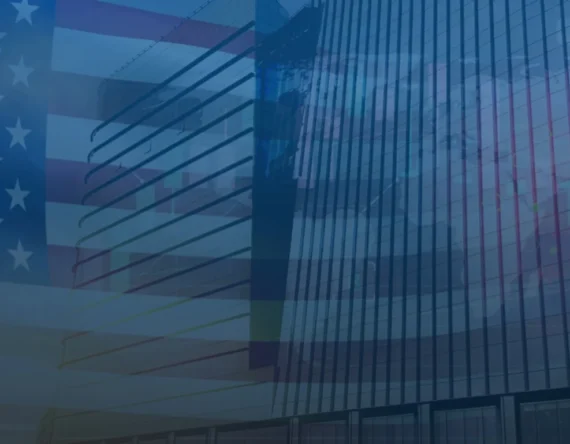With over 30 years of experience helping importers maximize savings and increase compliance, how have recent shifts in U.S. trade policy impacted companies’ duty mitigation strategies?
Over the course of my career, the biggest change has been an increased awareness at the highest levels of company management. As tariffs have risen to levels that threaten profitability, there is increased investment in exploring trade compliance and duty mitigation strategies. Companies that import goods to the U.S. should be having these discussions with trade professionals given the uncertain trade landscape that currently exists.
Given your extensive work on tariff classification, valuation, and Free Trade Agreement (FTA) qualification, what are the top pitfalls you’re seeing importers fall into amid complex supply chains and evolving sourcing patterns?
The biggest risks and pitfalls involve reliance on third parties and not conducting an impact analysis of current or proposed supply chains. Many importers rely on foreign suppliers for trade advice. Reliance on foreign suppliers creates risk as commercial invoices may be manipulated or incorrect U.S. classification information may be provided to circumvent U.S. Customs duties.
The same is true for U.S. Customs brokers. While there are many highly qualified Customs brokers, it is critical in the current environment that companies take proactive ownership of their supply chains and their trade compliance obligations.
In light of growing geopolitical uncertainty and shifts in U.S. trade policy, how should businesses optimize their use of tools such as binding rulings, duty drawback, or first-sale-for-export to improve cost certainty and compliance?
Binding rulings, duty drawback, and the first-sale-for-export valuation method are among the most commonly used duty mitigation strategies currently being implemented by U.S importers. There are savings opportunities to be realized through these programs. However, implementation may not occur at an accelerated pace as each of these opportunities come with challenges and risks. A feasibility study can be a simplified, lower cost approach to determine if a company may utilize these savings opportunities. It is also important for companies to consider other strategies such as diversified sourcing, utilizing FTAs, or shifting supply chains out of countries that may have a higher risk profile.
Can you highlight any uncommon or easily missed issues importers might run into with current trade and tariff policies?
For many years, the cost of trade and tariffs was a small and a largely immaterial line item in the companies’ cost of goods sold. This is no longer the case, and companies need to have better control and visibility over their import footprint and trade related costs. U.S. Customs may not expect perfection; however, an apathetic approach can result in unexpected and potentially material cost increases.
How are companies responding to the increased scrutiny around country-of-origin claims? What practical steps can importers take to shore up their documentation and supplier due diligence?
Country of origin determinations under U.S. rules can be complicated and importers should not rely on foreign suppliers for country of origin advice or guidance. Importers should also be skeptical of sudden changes in the country of origin when proposed by a particular supplier. When seeking to claim duty free treatment under a FTA, the rules of origin are generally more transparent than in other instances. However, when examining if a product is “substantially transformed” in a particular country, the analysis can be more complicated. U.S. importers should consult with trade professionals, consider documenting any supply chain changes, and consider a binding ruling when the country of origin determination may have a financial impact that is material to company operations.
Any closing advice to share for companies in the space?
Start by asking yourself two key questions: “Do we import goods into the U.S.?” and “Do we fully understand the value of what we’re importing?” If the answer to the first is yes, a trade compliance program isn’t optional—it’s essential. And if you’re unsure about the second, it’s time to engage a trusted advisor who can guide you through the complexities and help you avoid costly missteps.
If you have any questions or would like to find out more about this topic please reach out to Jonny Frank, Eric Hines, Snežana Gebauer, or Adam Dambrov.
To receive StoneTurn Insights, sign up for our newsletter.
